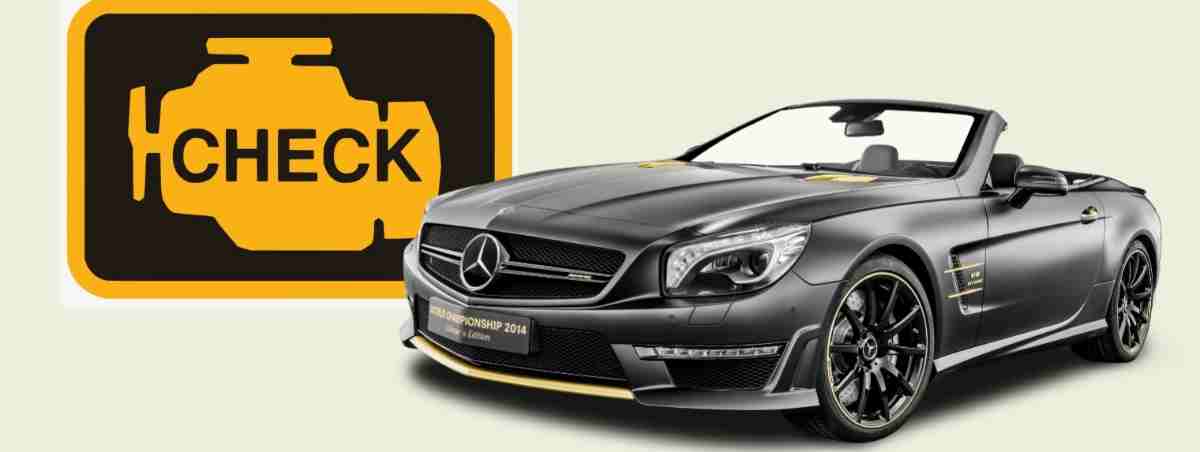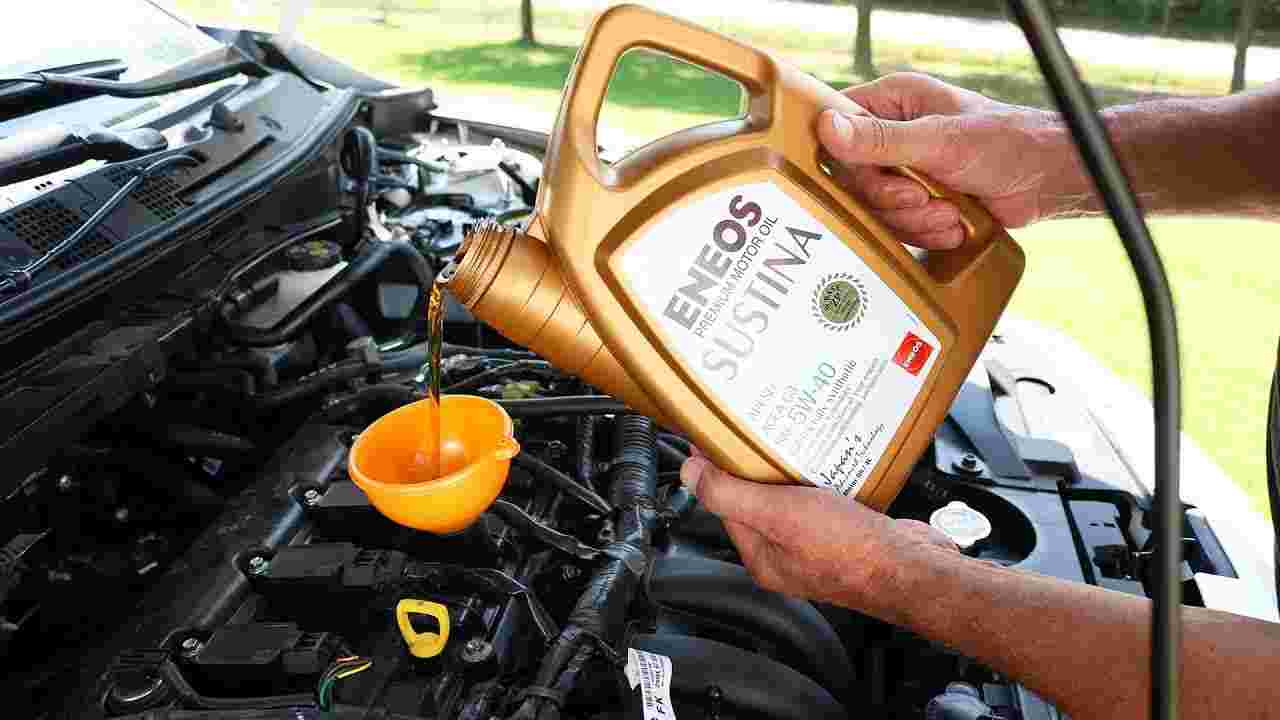Do you need to jump start a car without jumper cables? Perhaps, you have a dead battery but no jumper cables to start your engine. Fortunately, you could be able to pop start or push start your car, especially if it’s a manual trans.
Unfortunately, automatic transmission cars can’t be pushed started, in most cases. However, you could still power the battery to get it to start the engine, the same works on an auto trans too.

How to jump start a car without jumper cables
Majorly, the two ways to get your car to jump start without jumper cables are:
1. Push start
You can only push start a manual transmission car. Secondly, a pish start is best when you’re on a surface with an incline or slope. So, even if you have an assistant, you also need the car to go downhill to move faster (this can also be a problem at the same time if the car goes too fast).
Usually, if your dead car is on a steep hill, it is advisable to have it towed away rather than try to push start. However, if the hill is slight, that incline will help the roll faster. The downside of push starting on a steep hill is the risk of rolling down with no power brakes or power steering.
Do the following:
a. Ensure the path is clear
There should be no obstacle on the path of the vehicle you’d be rolling on since you won’t have the power steering to help navigate away from running over something or a collision. The absence of power steering also makes it tougher to turn the wheel, especially during the first roll.
Note that your car brakes won’t also work until the car starts.
b. Put the car in the ignition
Just insert your key and put the car in the ignition and turn it on. The car will not turn on since your battery is dead but the steering wheel lock will be released. The key should be in the “on” position during the push start so that the engine starts.
You may hear a clicking sound when turning on the engine, but that’s okay. It typically indicates the presence of electricity in the system, but that’s not sufficient to power the engine.
c. Gear up your manual transmission
The next step is to put the transmission in second gear—Wikipedia. Your car will still start in the first or third gear but the second gear is traditionally the safest.
The first gear can make your manual transmission vehicle accelerate abruptly immediately after you disengage the clutch since it’s low gear. On the other hand, the third gear requires you to pish to certain higher speeds, which may not be possible, especially if you’re push starting alone.
d. Disengage the parking brake and clutch down
The next step is to release the parking brake and hold down the brake pedal and clutch. Just depress the brake while disengaging the parking brake with your left foot to hold down the clutch pedal.
If you don’t hold down the brake pedal while disengaging the parking brake, your car will start to roll.
e. Get an assistant
Get on the driver’s seat and have someone push the car while you release the brake. The essence is so that you disengage the clutch and steer the car. Your assistants should be mindful of where they place their hands to push start. For example, they can’t push from the fins, tail lights, or spoilers. The safer areas to push start are the rear bumper or metal trunk lid.
While they begin to push the car, depress the brake pedal.
f. Start pushing
The speedometer should climb to at least 5 miles (8.0 km) per hour. This should be quickly reachable if the car is going downhill. Continue pressing the clutch while the car builds up momentum/speed up to about 5 miles (8.0 km) per hour or even closer to 10 miles (16 km) per hour. Usually, the faster the speed, the better chance for the car to start.
Your assistants should not try to match the pace of the car if it rolls faster than they run.
g. Release the clutch
When the car is going fast enough, remove your foot from the pedal to release the clutch. You should notice a buck and sputter from the engine in an attempt to start as the transmission connects the engine to the rotating wheels. The engine should start as soon as you drop the clutch.
h. Hold the steering
Grip the steering wheel tightly, especially if your car is front wheel drive. Without proper control of the steering, torque steer can navigate the wheels to the left or right. Just hold the wheel firmly as you typically would while driving.
When the engine engages, the wheel may jerk a bit, which is normal.
i. Push start again
If the engine won’t start, try pushing again. In some cases, it takes a few tries for the vehicle to roll fast enough to start the engine after dropping the clutch.
If you drop the clutch while the car moves too slowly, the car will stall. Just hold down the clutch again and have your assistants push again, then drop it again when the car reaches sufficient speed.
j. Hold down the clutch
If the engine starts, hold down the clutch. Your alternator will also be powered to generate current for the engine to keep running. You can press the clutch to get the engine to idle.
k. Put the gear in neutral
Now that the engine is running, press the clutch and push the stick to the front out of gear to remove the car from gear. To come to a stop, just match the brake pedal.
Make sure you don’t turn off the engine, or else it won’t start again, so you’ll have to push start again.
l. Allow the engine to run
Your car should be left running for up to 20 minutes to recharge. The alternator will normally take longer to charge, depending on how dead the battery was.
You can drive the car for some time or just leave it running where you park for the alternator to recharge the battery. It’s usually advisable to locate the nearest auto repair shop to have the battery charged. If your battery won’t charge, you may need a replacement. Sometimes, it could be an aftermarket product draining the battery.
2. Charge the car battery
If you have an automatic transmission car, your option is to charge the battery. The same can apply to your manual trans of course.
Your best bet to jump start a car without jumpers is to get a battery charger from your local auto parts store or online.
Just plug the charger into an outlet in your garage or house, then connect the charger’s red lead to the positive (+) terminal and the black to the negative (-) terminal on your dead car battery. Now, turn the charger on—it should show that your battery is charging.
Some battery chargers use a green indicator light to show that the battery is fully charged. Note that it can take hours to get a full battery charge.
3. Get a jump from another car
Suppose you’re on an expedition. Have someone give your car a jump since you don’t have jumper cables. The next driver may have a set of cables and be willing to help get yours powered.
To power your battery with jumper cables, connect the jumper’s red lead to the positive (+) terminal on your battery and then the black lead to the negative (-) terminal. Repeat the same thing for the donor car and have them start their car.
While the cables are connected and the other car running, start your vehicle by turning on the key. If the jumper cable melts, here’s what to do.
4. Use a booster pack
If you have a wall outlet, you could use a portable booster pack. You can get this at your local auto parts stores or online—they work more like jump starting a car.
The downside is that you need to charge the booster pack before use. Just connect the pack to a wall outlet to fully charge. When charging is complete, connect the booster pack’s red lead to the positive (+) terminal on the battery and then the black lead to the negative (-) terminal. It should take a couple of minutes for the booster to power the battery enough to start the engine.
While the booster pack is engaged, try starting the engine by turning the key. The engine should run for up to 20 minutes for the alternator to recharge the battery.
5. Have your car towed
Consider calling a tow truck to help jump your car. If the jump won’t work, then it can be towed to the nearest auto shop. Just call any local auto repair facility and ask request they send someone to jump start your car.
If you can’t find a service to help, contact the police via the non-emergency number for assistance. Some insurance companies and cell phones have plans that provide roadside assistance.


